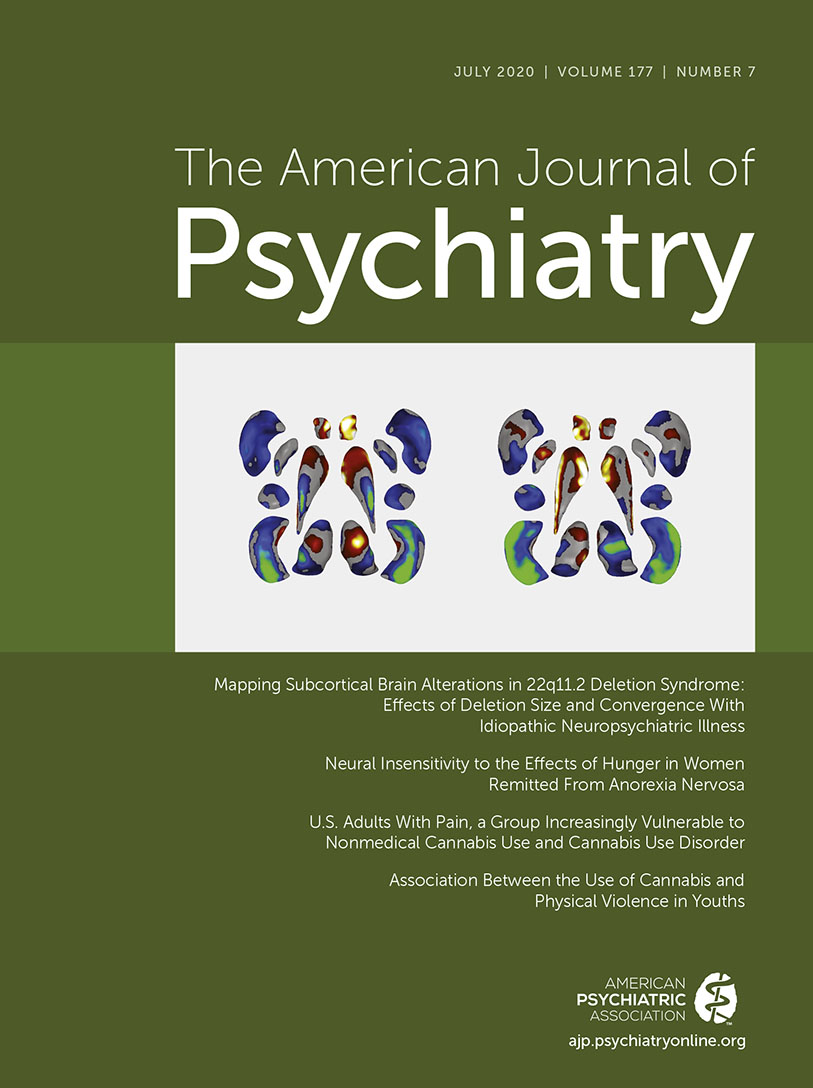Neural Insensitivity to the Effects of Hunger in Women Remitted From Anorexia Nervosa
Abstract
Objective:
Anorexia nervosa has the highest mortality rate of any psychiatric condition, yet the pathophysiology of this disorder and its primary symptom, extreme dietary restriction, remains poorly understood. In states of hunger relative to satiety, the rewarding value of food stimuli normally increases to promote eating, yet individuals with anorexia nervosa avoid food despite emaciation. This study’s aim was to examine potential neural insensitivity to these effects of hunger in anorexia nervosa.
Methods:
At two scanning sessions scheduled 24 hours apart, one after a 16-hour fast and one after a standardized meal, 26 women who were in remission from anorexia nervosa (to avoid the confounding effects of malnutrition) and 22 matched control women received tastes of sucrose solution or ionic water while functional MRI data were acquired. Within a network of interest responsible for food valuation and transforming taste signals into motivation to eat, the authors compared groups across conditions on blood-oxygen-level-dependent (BOLD) signal and task-based functional connectivity.
Results:
Participants in the two groups had similar BOLD responses to sucrose and water tastants. A group-by-condition interaction in the ventral caudal putamen indicated that hunger had opposite effects on tastant response in the control group and the remitted anorexia nervosa group, with an increase and a decrease, respectively, in BOLD response when hungry. Hunger had a similar opposite effect on insula-to-ventral caudal putamen functional connectivity in the remitted anorexia nervosa group compared with the control group. Exploratory analyses indicated that lower caudate response to tastants when hungry was associated with higher scores on harm avoidance among participants in the remitted anorexia nervosa group.
Conclusions:
Reduced recruitment of neural circuitry that translates taste stimulation to motivated eating behavior when hungry may facilitate food avoidance and prolonged periods of extremely restricted food intake in anorexia nervosa.



